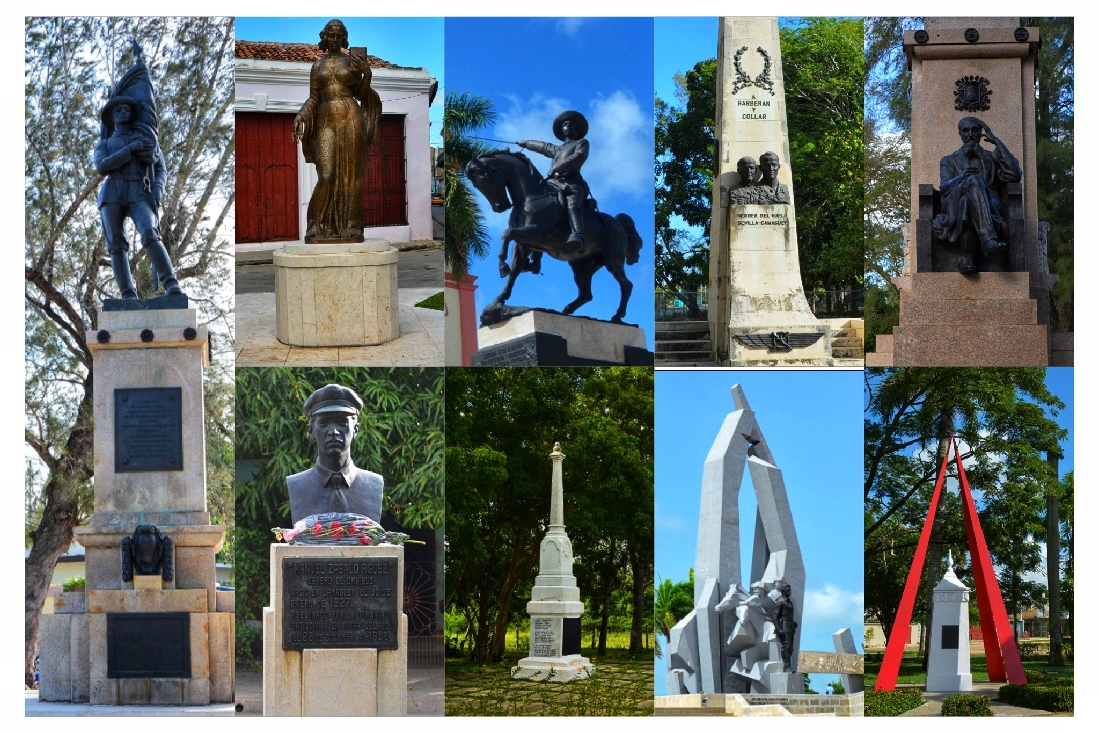Since 1983, every April 18th, the International Day for Monuments and Sites is celebrated. This year the main theme for the commemoration is “Heritage and Climate”
The latter is a determining factor in the construction of cities, and it is that urban landscapes and built heritage, from the very approach of their project, need to take into account local climatic conditions. But this condition not only influences construction, it also plays a determining role in preservation.
Drought, sea level rise, fires, acid rain, among others, are some of the phenomena that have the greatest impact on monuments and built heritage worldwide. But how does this trend behave in our territory?
“Historic centers are cases where environmental studies are decisive for the correct preservation of this heritage asset. For example, we must take into account pollution, which of so many types occurs in a city, geography also plays an important role, such as the river that crosses the city and favors the waste disposal and how that geographical would affect that historical asset.
Climate and heritage
That is on an urban scale, but in specific works it also happens, today it is unthinkable to conceive a constructive intervention in a site of heritage interest without taking into account climatological variables such as the path of the sun, incidence of winds or a particular affectation that the place has”, explains the architect Henry Mazorra Acosta, a specialist from the Projects Subdirectorate of the Office of the Historian of Camagüey city.
Within the same demarcation the climate can have variations. When it comes to preserving or building a monument, for example, there are not the same priorities in the interior of cities as in coastal areas. In the same way, monuments and sites must be projected from an environmentally friendly perspective.
“Although it is important to take into account how the climate affects works of heritage interest, it is also decisive how human action and heritage management or rescue actions can affect the environment. That is why it is required that when development, management or asset administration projects are proposed, the environmental factor must be taken into account due to the consequences that it can bring.
The most demonstrative case is tourism, how a project to value a certain heritage asset can generate greater tourist activity and this brings with it an increase in vehicular traffic, an overexploitation of the existing infrastructure and this has repercussions on the environment. So we are talking about two issues that are closely linked and that are called for peaceful coexistence for the good of both parties, “adds Mazorra Acosta.
The path to follow is towards the protection of the environment and resilience to climate change marks an important course, since its impact also conditions the protection and safeguarding of monuments and other areas of the spiritual and historical memory of peoples.
For us, while modernity and nature seek balance points that make our existence sustainable, we have to continue finding ways from tradition, science and technology, to make more efficient not only the processes of restoration and conservation of heritage; but the very growth and development of our cities.
Translated by: Aileen Álvarez García






